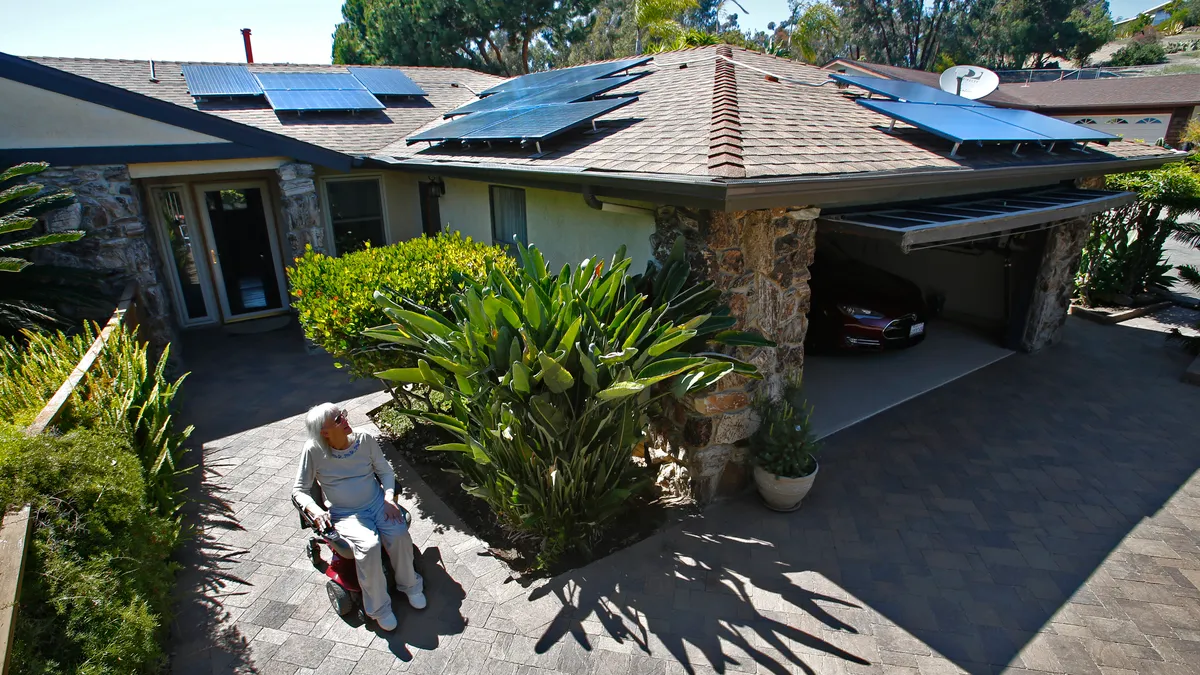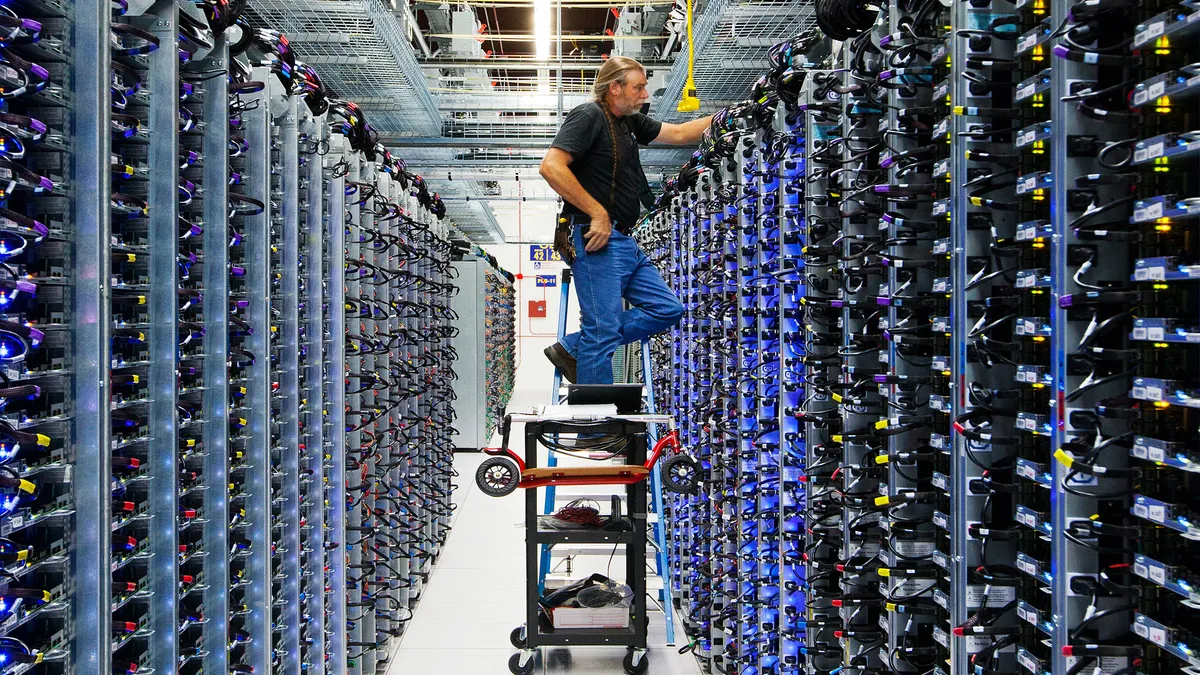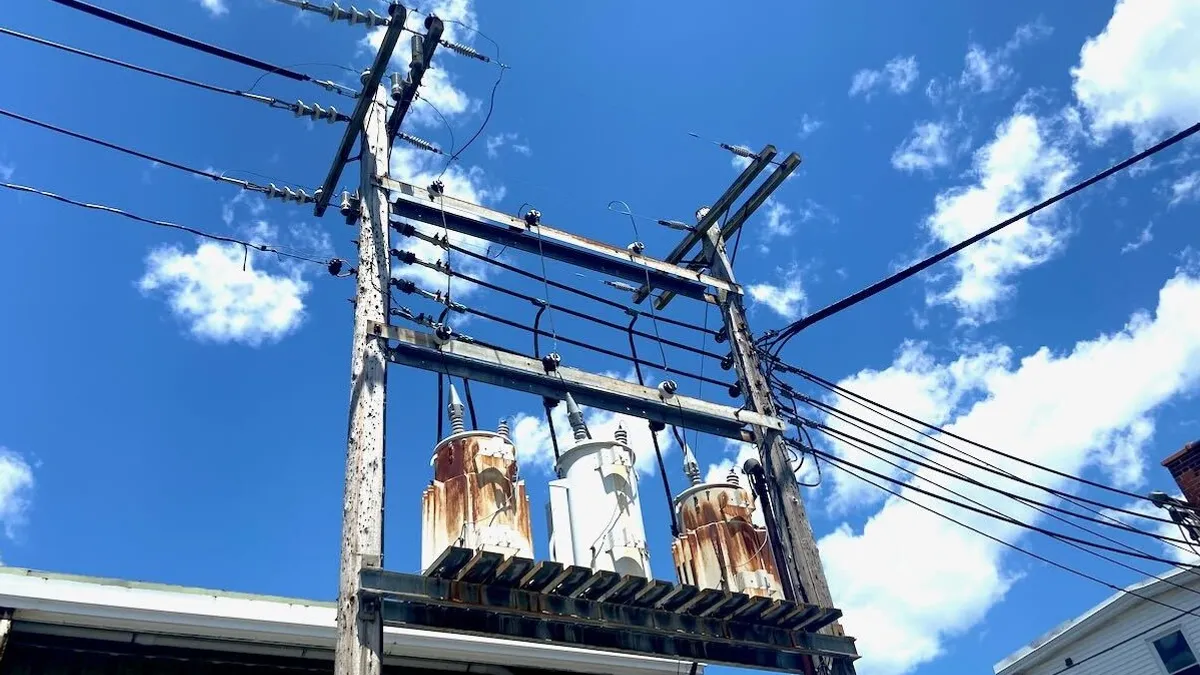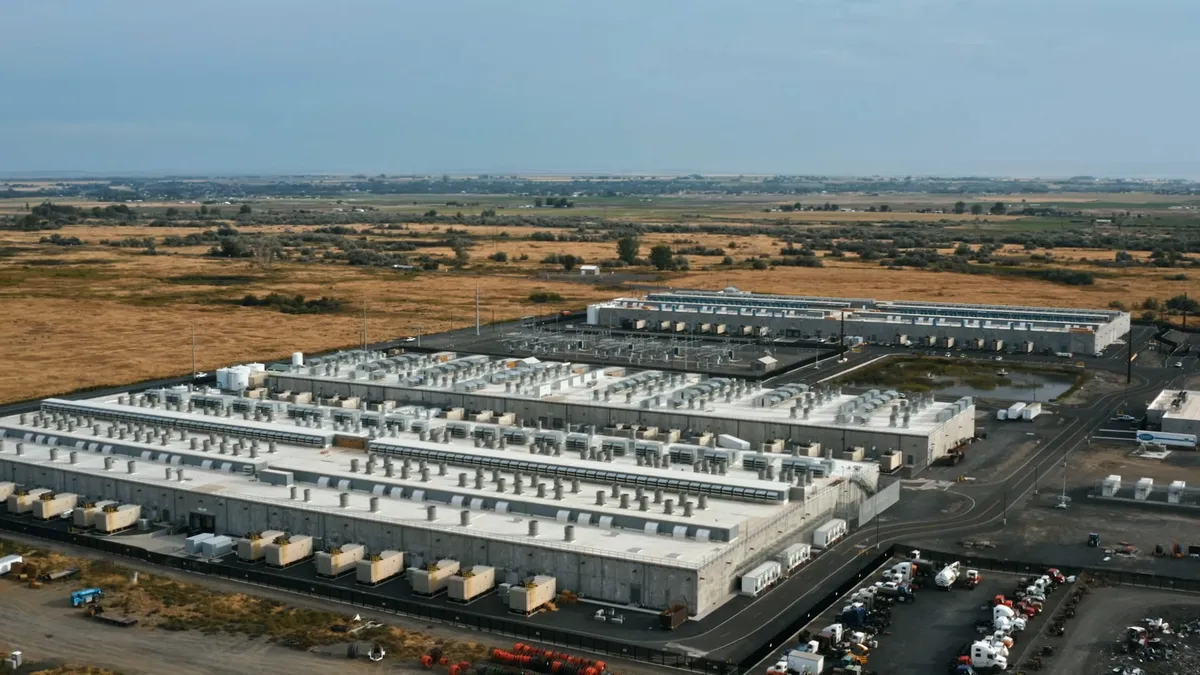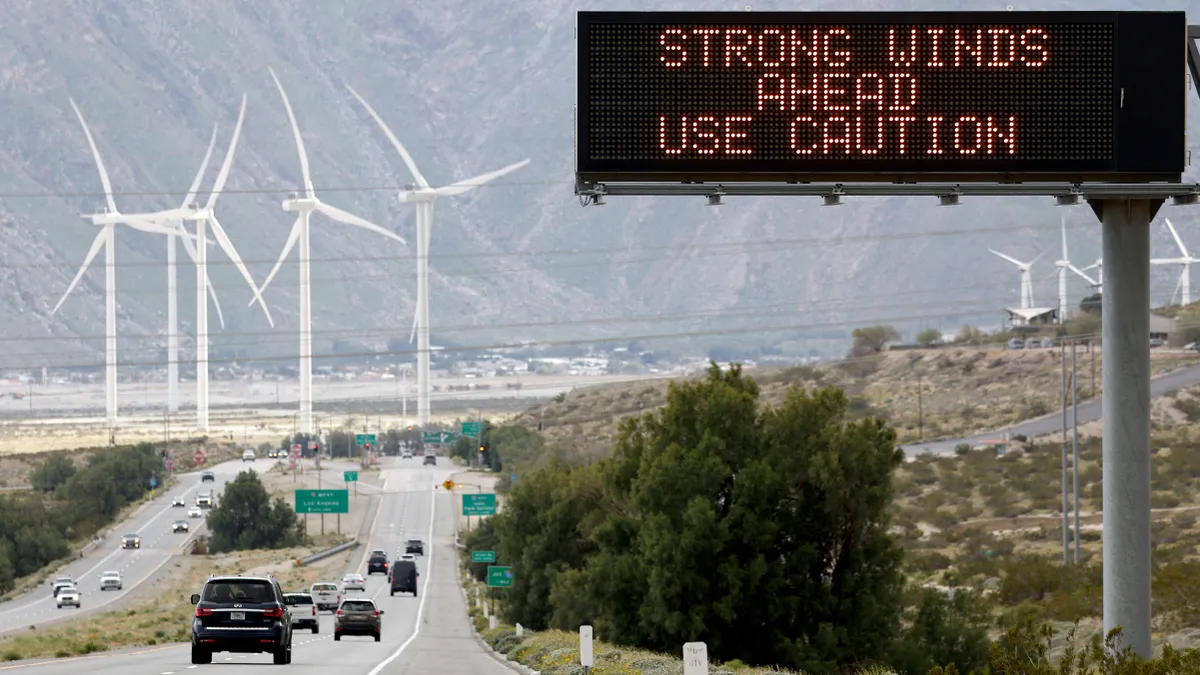Utilities are welcoming a historic rooftop solar building code in California, but urging caution with its implementation in order to protect non-solar customers. At the same time, utilities and solar developers are calling for a dialogue among stakeholders to effectively integrate additional rooftop solar into the grid.
The California Energy Commission approved the 2019 Building Energy Code May 9, requiring renewable energy access for all new residential homes in the state starting in 2020. The standard is important for the state's ambitious climate and renewable energy goals.
The largest investor-owned utilities (IOUs) in the state have supported solar energy growth, with each pursuing initiatives to reduce the state's greenhouse gas emissions. Among those utilities, Pacific Gas & Electric and Southern California Edison (SCE), support the rooftop solar mandate, company spokespersons told Utility Dive.
"Moving forward, we'll need to place a greater emphasis on the planning process and how we incorporate more concentrated areas of solar, like in a tract of homes, into the grid."

Jill Anderson
Customer Programs & Services Vice President, Southern California Edison
More planning required
CEC's mandate could require between 68 and 241 MW of annual distributed solar buildout, according to ClearView Energy Partners' research using 2017 data. While IOUs in California have established processes to accommodate new solar interconnections, the future buildout from the mandate will require more planning.
"Moving forward, we'll need to place a greater emphasis on the planning process and how we incorporate more concentrated areas of solar, like in a tract of homes, into the grid," Jill Anderson, vice president at SCE, said in an email to Utility Dive. Anderson noted that SCE is ready for that planning process.
ClearView analysts have singled out the distributed solar mandate as a possible opening for utilities to argue that California should reconsider the state's net metering redesign.
"At this point, the new mandate should not impact any of our rate design considerations," wrote Terrie Prosper, spokersperson for the California Public Utilities Commission (CPUC), in an email to Utility Dive.
California is set to revisit its net metering policy in 2019, but further discussions are likely to occur among regulators, utilities and solar developers to shed more light on the effects of the CEC's new solar standards. Prosper said the CPUC will "need to consider the already existing statutory mandates against cost shifting."
"While we support rooftop solar, we also strongly support a system that balances the needs and interests of all customers," Joe Britton, communications manager for San Diego Gas & Electric, said in an email to Utility Dive.
"If the new mandate increases grid operational costs, we will need to determine how to fairly allocate those costs as more facts develop on cost to the grid impacts."

Terrie Prosper
News and Outreach Director, California Public Utilities Commission
Credit negative for utilities
New analysis from Moody's Investor Services rated the new standards as credit negative for the state's utilities, but positive for securitization deals backed by solar leases and power purchase agreements (PPAs).
Specifically, Moody's said the utilities' fixed costs, from transmission and distribution, will be shifted to customers who do not self-generate power.
"If the new mandate increases grid operational costs, we will need to determine how to fairly allocate those costs as more facts develop on cost to the grid impacts," Prosper wrote.
"We expect that utilities will rely on regulators to monitor the credit customers receive through net energy metering and continue to modify that policy to help utilities navigate the energy shift," Moody's analysis said.
Grid cost saver
Residential solar developers want utilities to view distributed solar power as a cost-saver to the grid. The state's grid operator approved a new plan in March to save $2.6 billion in future transmission costs by utilizing rooftop solar and energy efficiency resources.
"Solar and batteries on homes and businesses are already saving all ratepayers money by avoiding the need to build fossil fuel power plants and expensive transmission and distribution infrastructure," Alex McDonough, public policy vice president at the residential solar developer Sunrun, said in an email to Utility Dive.
Dialogue may be the best way forward for rooftop developers and utilities to integrate incoming rooftop solar as seamlessly as possible into the grid.
SDG&E encourages policymakers to engage stakeholders "in a dialogue to begin the process of finding a more balanced way for solar customers to interact with the grid that protects against negative unintended consequences," such as shifting grid costs to non-solar consumers, according to Britton.
"If utilities are already raising concerns about (the 2020 residential solar mandate), I say let's get together and let's hear from them, and let them show us where do they think that it's going to be a challenge to the grid," Anne Hoskins, former Maryland utilities commissioner and policy chief at Sunrun, told Utility Dive.



